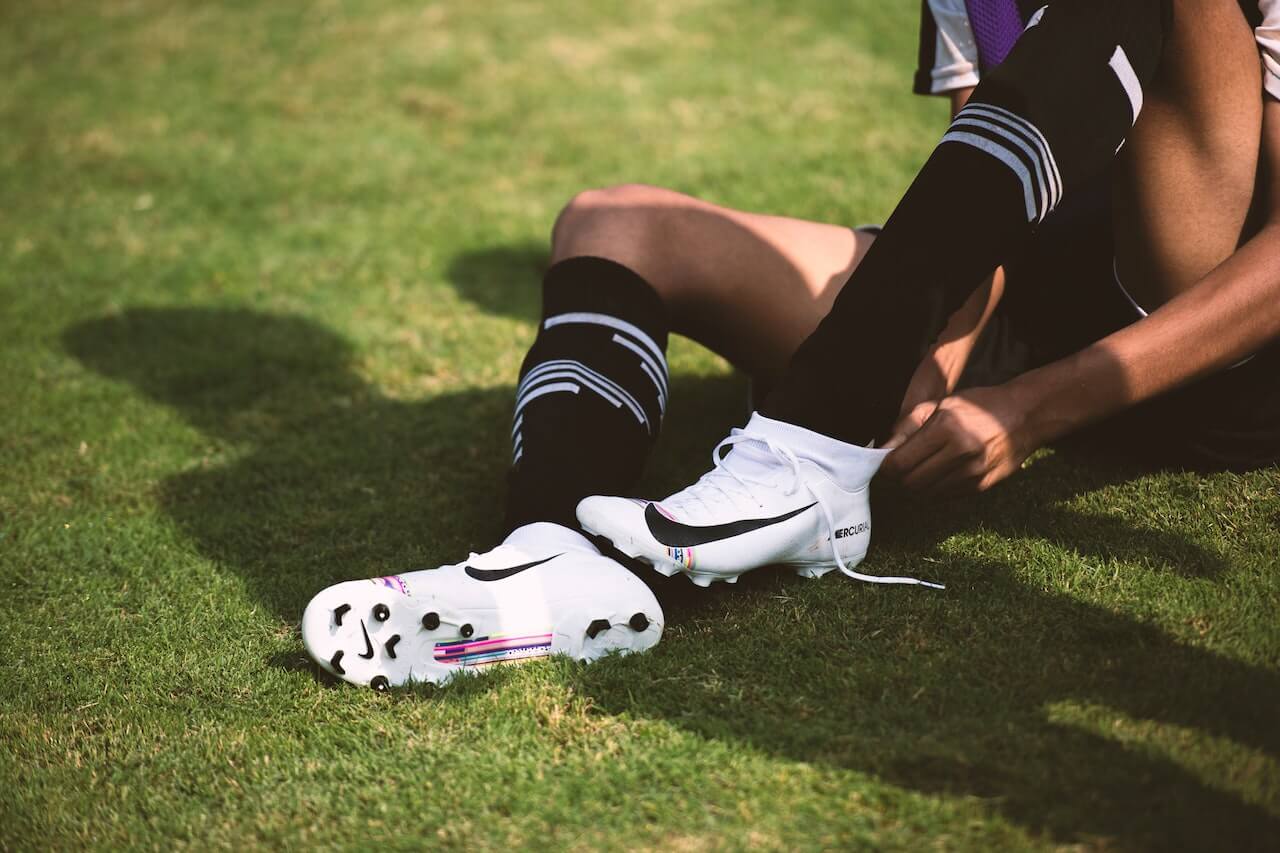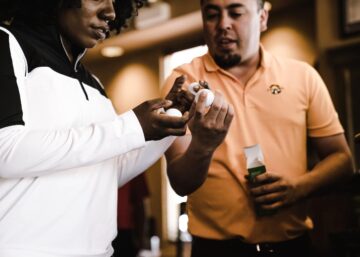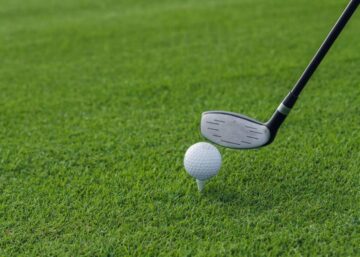Soccer cleats are a crucial piece of equipment for any player, regardless of their skill level. They provide traction and support on the field, helping players to make quick turns, stops and starts, and maintain their balance while running at high speeds.
Over the years, soccer cleats have undergone significant changes in design and technology, with manufacturers constantly striving to improve their performance. Today, players can choose from a wide range of cleats that cater to their specific needs and preferences, from lightweight models designed for speed and agility to more robust options that prioritize durability and protection.
When selecting a pair of soccer cleats, there are several factors to consider, including the playing surface, the player’s position, and their individual foot shape and size. By taking these factors into account, players can find the right cleats that will help them perform at their best and avoid injuries on the field.
History of Soccer Cleats
Soccer cleats, also known as football boots, have come a long way since their inception in the mid-19th century. In the early days, players wore heavy, leather boots with metal studs, which provided little traction and often caused injuries to both the wearer and other players.
As the sport grew in popularity, so did the need for better footwear. In the 1950s, Adidas introduced the first screw-in studs, which allowed players to adjust the length of their studs depending on the playing surface. This innovation gave players better traction and control on the field.
In the 1970s, Nike revolutionized the soccer cleat industry with the introduction of the first-ever molded cleats. These cleats were made from lightweight materials and featured a series of strategically placed studs that provided superior traction and flexibility. This design quickly became the standard for soccer cleats and is still used today.
Over the years, soccer cleats have continued to evolve with advancements in technology and materials. Today’s cleats are designed to be lightweight, durable, and provide maximum comfort and performance on the field. From kangaroo leather to synthetic materials, there are now a variety of options available to players of all levels.
Overall, the history of soccer cleats is a story of innovation and progress. As the sport continues to grow and evolve, so too will the footwear worn by its players.
Types of Soccer Cleats
There are several types of soccer cleats available in the market. Each type is designed with specific features to cater to different needs of soccer players. The following are the most common types of soccer cleats:
- Firm Ground (FG) Cleats: These cleats are designed for playing on natural grass surfaces. They have molded studs that provide excellent traction and stability on firm ground surfaces.
- Soft Ground (SG) Cleats: These cleats are designed for playing on wet and muddy natural grass surfaces. They have longer and fewer studs that provide better traction on soft ground surfaces.
- Turf Cleats: These cleats are designed for playing on artificial turf surfaces. They have short and dense studs that provide excellent traction and stability on turf surfaces.
- Indoor Cleats: These cleats are designed for playing on indoor surfaces such as gym floors. They have flat soles that provide better grip and control on indoor surfaces.
It is important to choose the right type of soccer cleats based on the playing surface to avoid injuries and improve performance. Soccer players should also consider the fit, comfort, and durability of the cleats before making a purchase.
Choosing the Right Soccer Cleat
Choosing the right soccer cleat is essential for any player. The right soccer cleat can make all the difference in terms of performance, comfort, and safety. Here are some important factors to consider when choosing the right soccer cleat:
Playing Surface
The playing surface is an important factor to consider when choosing the right soccer cleat. Different soccer cleats are designed for different playing surfaces. For example, firm ground soccer cleats are designed for natural grass surfaces, while soft ground soccer cleats are designed for wet, muddy, or soft grass surfaces. Turf soccer cleats are designed for artificial turf surfaces, while indoor soccer cleats are designed for indoor courts. It is important to choose the right soccer cleat for the playing surface to ensure optimal performance and safety.
Position
The player’s position is another important factor to consider when choosing the right soccer cleat. Different positions require different types of soccer cleats. For example, forwards and attacking players typically require soccer cleats that are lightweight and provide good traction for quick acceleration and sharp turns. Defenders, on the other hand, typically require soccer cleats that provide good stability and support for tackling and blocking. Midfielders require soccer cleats that provide a balance of speed, support, and traction.
Fit and Comfort
The fit and comfort of the soccer cleat are also important factors to consider. The soccer cleat should fit snugly but not be too tight or too loose. It should provide good support and cushioning for the foot. The material of the soccer cleat should be breathable and flexible to allow for natural movement of the foot. In addition, the soccer cleat should be comfortable to wear for extended periods of time.
Brand and Price
Brand and price are also important factors to consider when choosing the right soccer cleat. There are many different brands of soccer cleats on the market, each with their own strengths and weaknesses. It is important to choose a reputable brand that has a good track record of producing quality soccer cleats. In addition, the price of the soccer cleat should be reasonable and within the player’s budget.
Caring for Soccer Cleats
Proper care of soccer cleats is essential to prolong their lifespan and ensure optimal performance on the field. Here are a few tips to keep your soccer cleats in top condition:
- Wipe cleats after each use: Use a damp cloth to wipe off any dirt or mud from the cleats. This will prevent dirt from building up and making it harder to clean later on.
- Air dry: After wiping the cleats, allow them to air dry naturally. Avoid using direct heat sources such as a hair dryer or radiator, as this can damage the material and cause the cleats to lose their shape.
- Store in a dry place: Always store your soccer cleats in a dry place, away from direct sunlight or moisture. A shoe bag or box is ideal for keeping them protected and in good condition.
- Replace worn-out studs: The studs on soccer cleats can wear out over time, affecting their grip and stability on the field. Check the studs regularly and replace them when necessary.
- Use leather conditioner: If your soccer cleats are made of leather, use a leather conditioner to keep them soft and supple. This will prevent the leather from cracking and prolong the life of the cleats.
By following these simple tips, you can ensure that your soccer cleats remain in top condition and provide the support and performance you need on the field.
Famous Soccer Cleats
Over the years, many soccer cleats have become famous due to their design, performance, and the players who wore them. Here are a few of the most iconic soccer cleats:
Adidas Copa Mundial
The Adidas Copa Mundial was first introduced in 1979 and has remained one of the most popular soccer cleats ever since. It is made of kangaroo leather, which provides excellent comfort and durability. Many famous players have worn the Copa Mundial, including Franz Beckenbauer, Zinedine Zidane, and Lionel Messi.
Nike Mercurial
The Nike Mercurial was first introduced in 1998 and quickly became popular due to its lightweight design and bright colors. It has been worn by many famous players, including Cristiano Ronaldo, Neymar Jr., and Ronaldinho. The latest version of the Mercurial features a Flyknit upper and a Nike Grip System for improved traction.
Puma King
The Puma King was first introduced in 1968 and has been worn by many famous players, including Pele, Diego Maradona, and Lothar Matthaus. It is made of soft leather and features a classic design that has remained popular for decades.
Adidas Predator
The Adidas Predator was first introduced in 1994 and quickly became popular due to its unique design and rubber fins on the upper that provide improved ball control. It has been worn by many famous players, including David Beckham, Zinedine Zidane, and Steven Gerrard. The latest version of the Predator features a Primeknit upper and a Controlframe outsole for improved stability.
These are just a few of the most famous soccer cleats. Each of these cleats has its own unique design and features that have made them popular with players of all levels.
Conclusion
When it comes to soccer cleats, there are a variety of options available on the market today. Each player has different needs and preferences when it comes to the type of cleat they want to wear on the field.
Some players prefer a lightweight cleat that allows them to move quickly and easily, while others prefer a more sturdy cleat that provides additional support and protection.
Regardless of the type of cleat a player chooses, it is important to invest in a high-quality pair that will last through multiple seasons.
When shopping for soccer cleats, players should consider factors such as fit, comfort, and durability. They should also take into account the playing surface they will be using the cleats on, as different surfaces may require different types of cleats.
Ultimately, the right soccer cleat will help a player perform at their best on the field, while also keeping them safe and comfortable.







